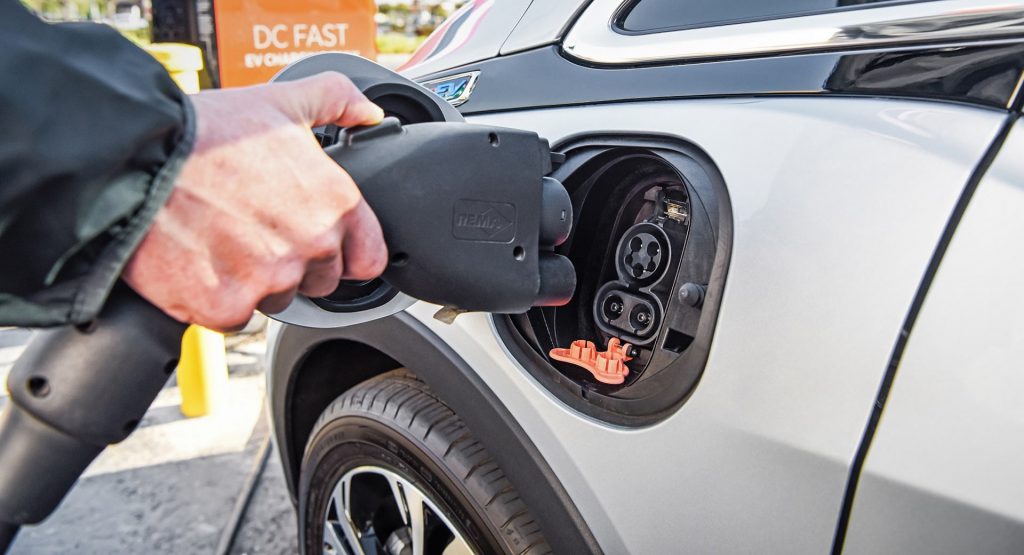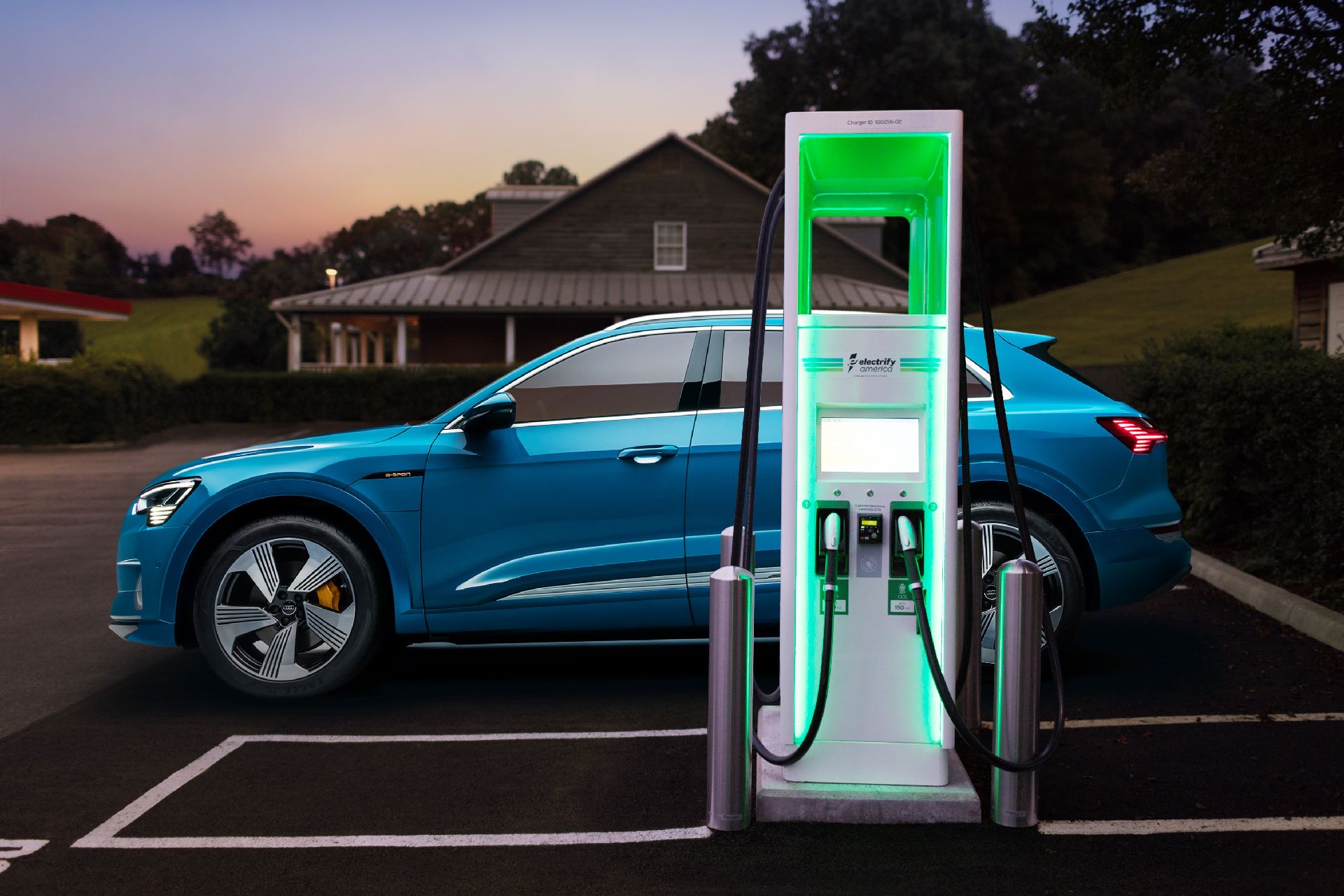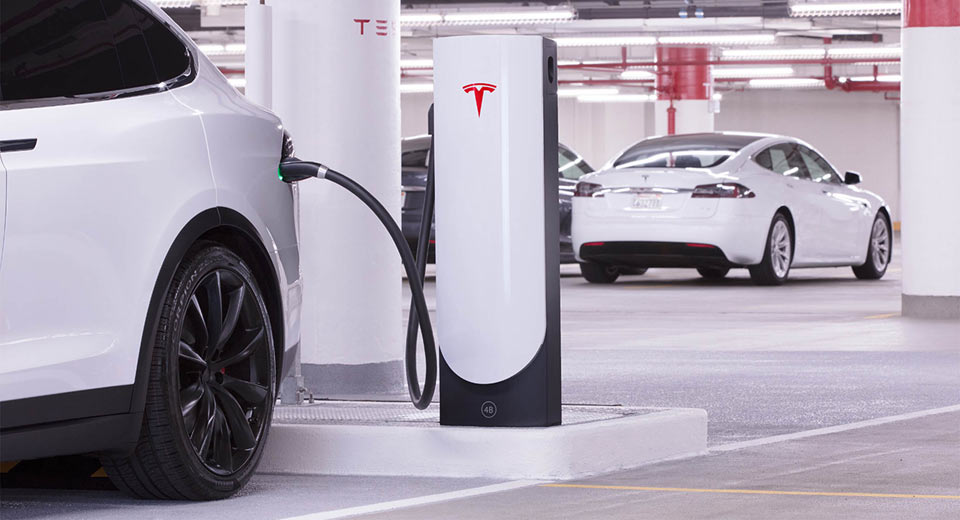Automakers are preparing to launch an onslaught of electric vehicles, but questions remain over whether or not America’s power grid is prepared to deal with the increase in demand.
The recent energy crisis in Texas helped to shine a light on the issue, but the problems are well-known as rolling blackouts have been a fact of life in some parts of EV-loving California.
Reuters looked into issue and noted a utility company with two to three million customers might “need to invest between $1,700 (£1,223 / €1,429) and $5,800 (£4,174 / €4,875) in grid upgrades per EV through 2030.”
Also Read: Britain’s Electric Grid Unprepared For Increase In EV Sales
That’s not pocket change and it means with 40 million EVs on the road, the required investment could exceed $200 (£144 / €168) billion. Compare that to the $2.6 (£1.8 / €2.2) billion that investor-owned companies have approved for upgrades so far.
If you think about, some utility companies are struggling to meet demand now. Add in hundreds of thousands of electric vehicles and you’ve got a massive problem, especially when it’s hot outside and everyone is running home air conditioning units and recharging their EVs after work.
Given that, it’s not surprising to hear the National Renewable Energy Laboratory estimates America’s power generation capacity will need to double by 2050. The cost of doing this could, unsurprisingly, be passed onto consumers.
While upgrades would require massive investment, it’s not all bad news for utilities as more EVs should result in higher revenues for them. In effect, drivers would be paying utility companies for energy rather than gas stations for fuel.
It’s also worth noting the situation isn’t necessarily dire as some companies are expecting a natural transition, where growing EV adoption can be met with matching upgrades to the electrical grid. Some companies even estimate they might not need to increase their power generation capacity until 2030.
That’s just scratching the surface and you can read more of Reuters’ report here.







